Create a fun bilingual playgroup
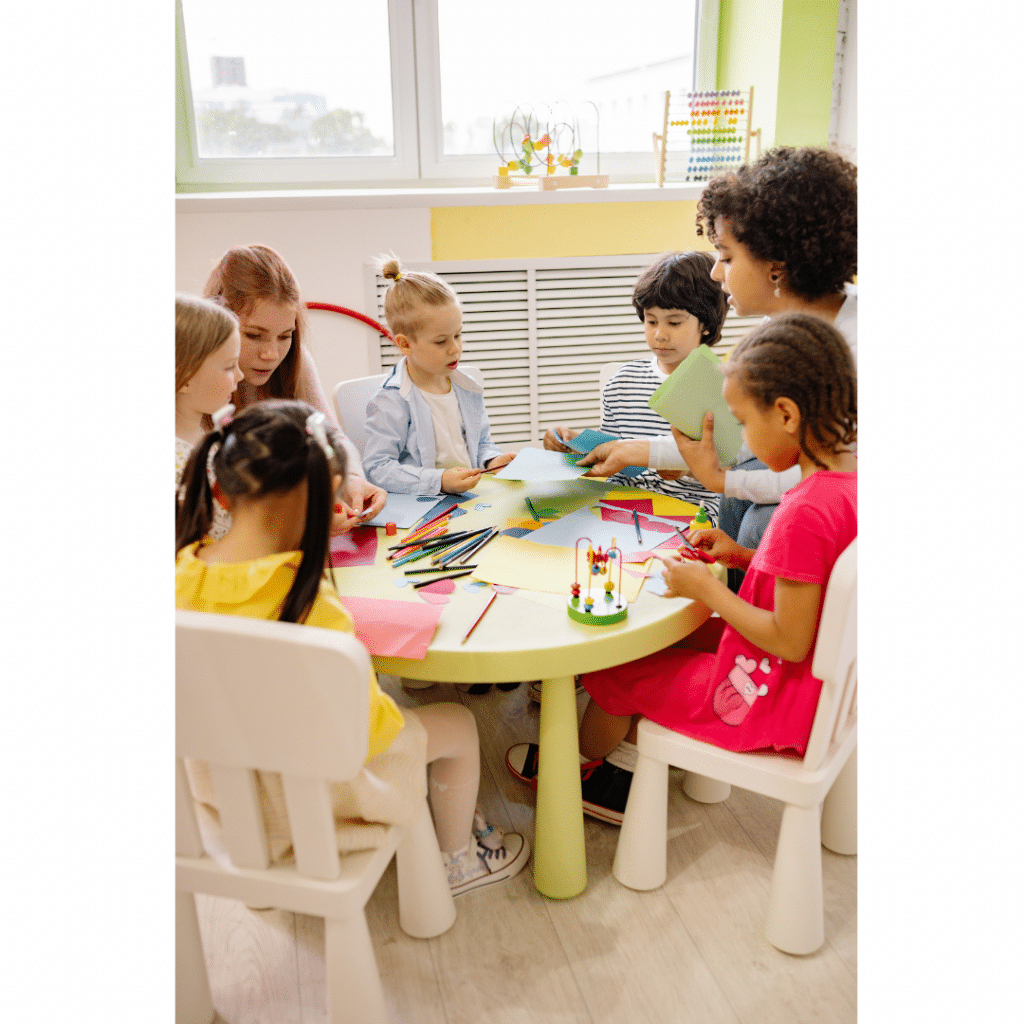
Create a fun bilingual playgroup You can become the leader of a mother/father and child playgroup. Photo by Yan Krukov from Pexels Today I would like to propose to all parents who would like to support their child’s bilingual language development to build a support network. I encourage you to invite others who are raising their children to be bilingual to join […]
10 Benefits of teaching with Mi Primer Inglés curriculum resources

There are many benefits of teaching with Mi Primer Inglés curriculum resources, but here are the top ten favorites. Mi Primer Inglés curricula: carefully researched and created by the Languages4kidz Team with Graciela Castellanos as leader and writer of the programs based on her more than 30 years’ experience in teaching languages to very young […]
Piensa en grande … ¡2022 ya está aquí!

Piensa en grande … ¡2022 ya está aquí! Si quieres enseñar inglés a niños pequeños, ¡piensa en grande! ¡Hoy es el momento adecuado para empezar a planificar! Si estás interesado/a en iniciar una pequeña empresa en la que se enseñen idiomas a niños muy pequeños, es posible que te estés haciendo […]
You and your little one can learn English together
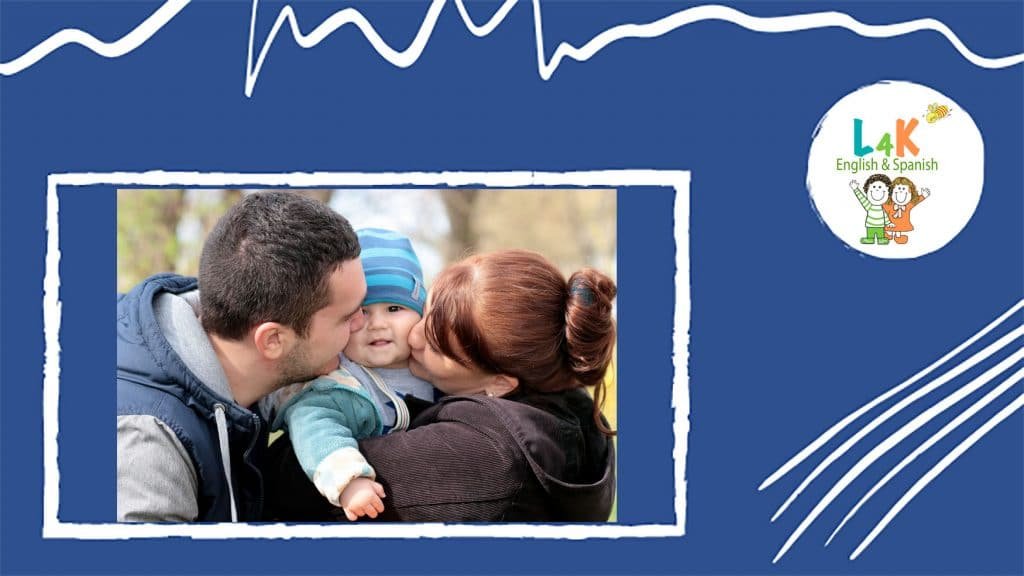
Parents are the most important people in a child’s life. From the time they are born children learn most from their parents and/or caregivers, and it is in their company that they feel more comfortable. It is the months from conception to the child’s third birthday that are pivotal to optimal brain development, and […]
Mi Primer Inglés for little ones
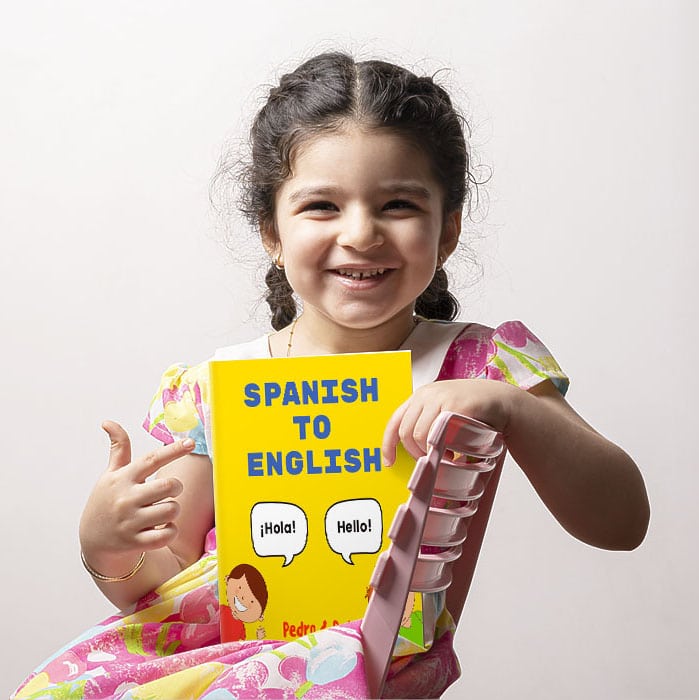
Learning is easier if it is fun and to make it fun, we need to provide children with a playful environment. The more fun the environment, the more a child will want to stay with it. With Mi Primer Inglés Curriculum Resources children sing and dance along with lively songs that help them develop a positive language […]
Teach your kids an additional language
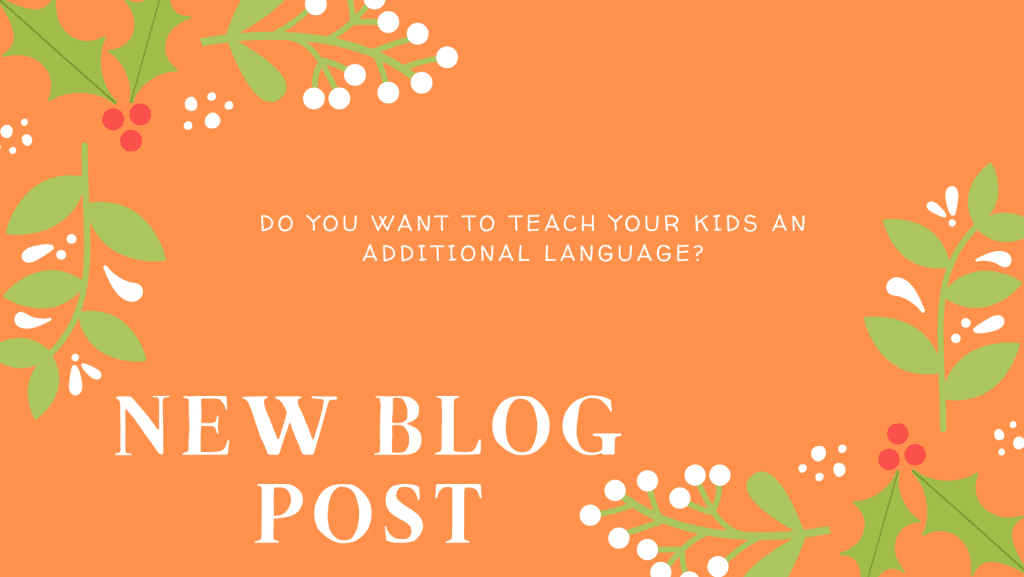
Do you want to teach your kids an additional language? Then, this is the right time to start planning! If you are interested in teaching Spanish or English to your young child you may be asking yourself many questions: What are the best curriculum options? How do very young children learn? What are developmentally appropriate activities […]
All kids should learn an additional language
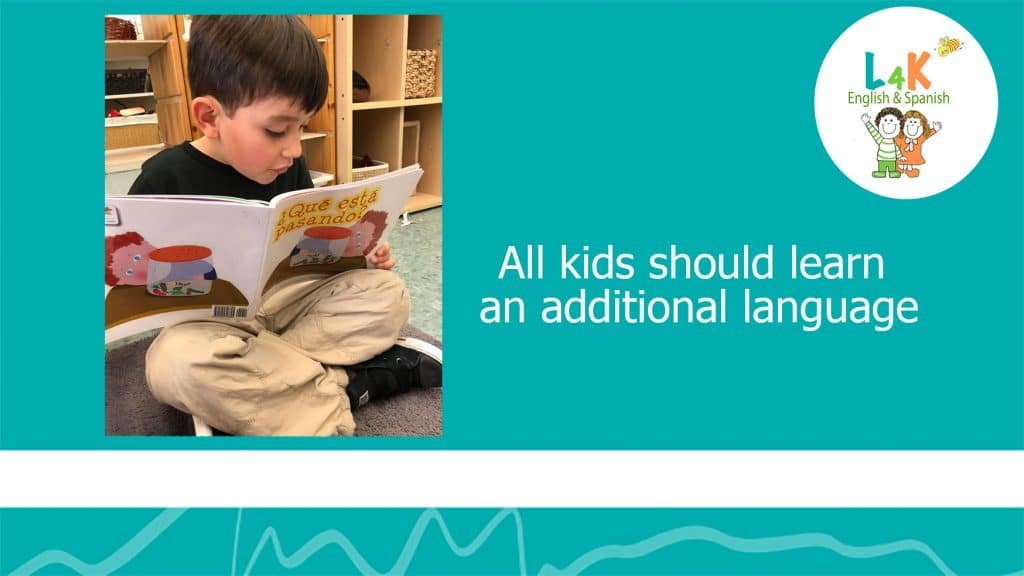
All kids should learn an additional language. In the last decade there has been an enormous increase and discussion about early learning. There are new findings that give a lot of information about the importance of starting early when it comes to helping children acquire an additional language. Parents are now more aware of these […]
Starting with an additional language early is key to success
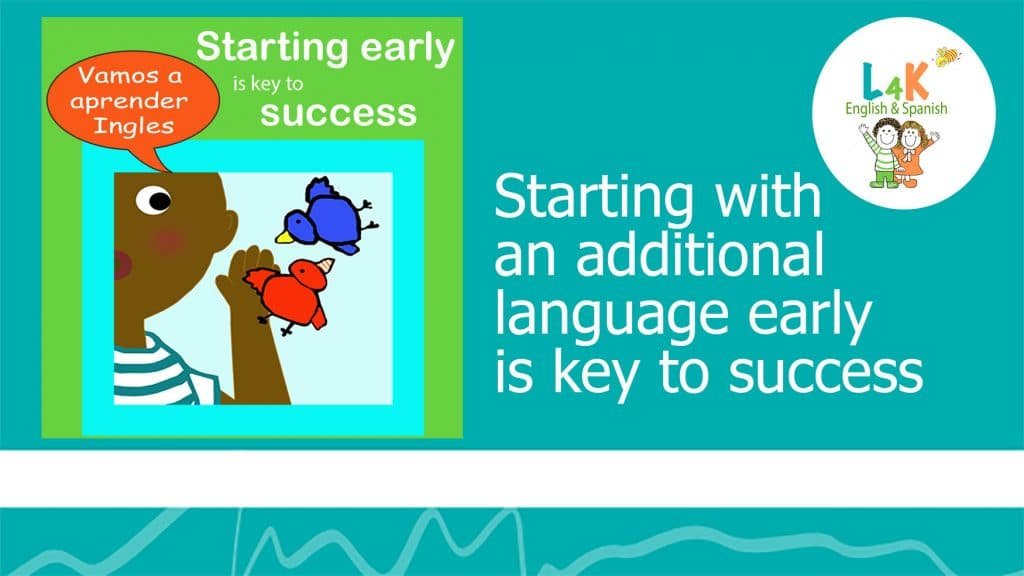
Starting with an additional language early is key to success. We are all aware of the incredible learning potential of children, particularly during the first five years. Check out our materials to help kids learn Spanish or English early in life. Scientists suggest that when it comes to ease of learning and proficiency in a […]
Do you believe every child is a genius?
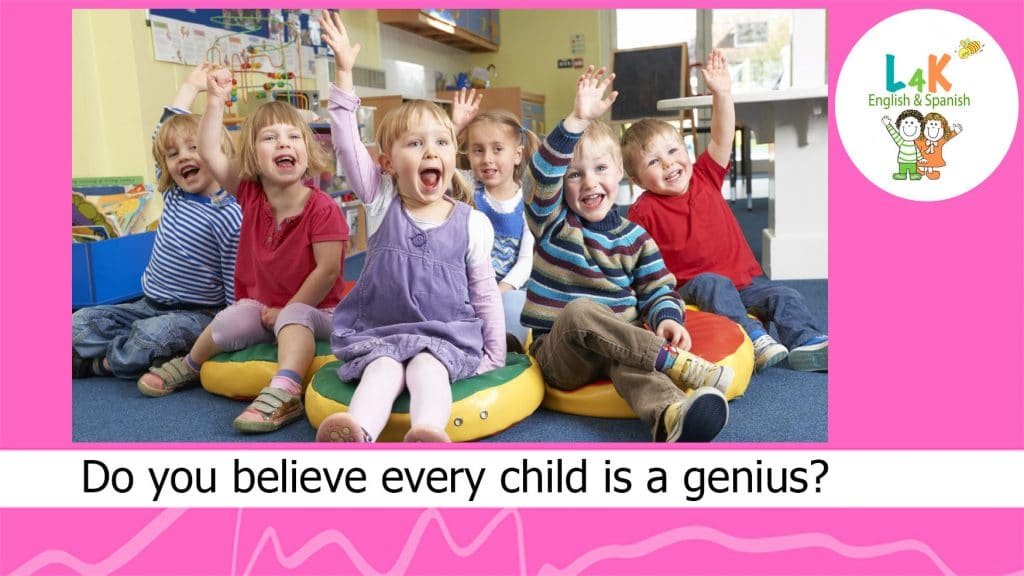
Do you believe every child is a genius? I do. I believe that children are born with wonder, curiosity, awe, spontaneity, vitality, flexibility, and many other characteristics of a joyous being which are particular characteristics of being a genius. Young children master a complex symbol system (their own native language) without any formal instructions and […]
Children are learning a second language at ever younger ages
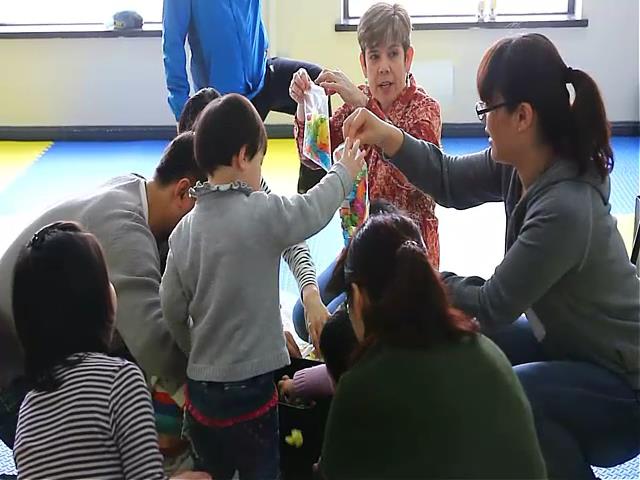
Our children are learning a second language at ever younger ages. Is it a world educational revolution? In the past few years there has been an increase on parents’ desire to expose their little ones to an early language learning start. They want the best for their children and they know that one or more […]
Learning having fun!
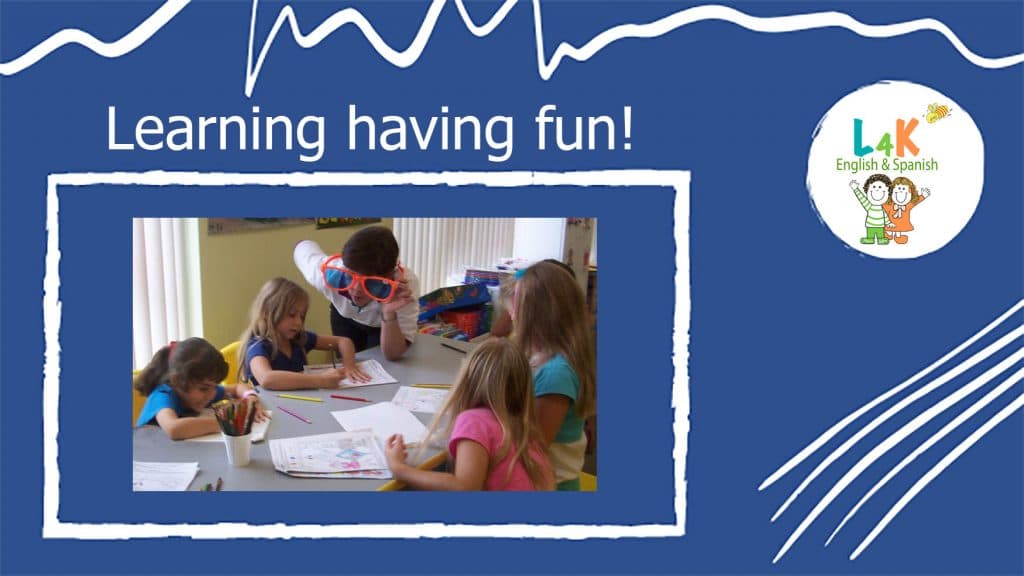
Brain research suggests that fun is not just beneficial to learning but required for authentic learning and long-term memory. Keep in mind that the highest-level executive thinking, making of connections, and “aha” moments are more likely to occur in an atmosphere of “exuberant discovery,” where students of all ages retain the enthusiasm of embracing each […]
Language learning is a natural process

Children learn to talk using only the sounds and words they pick up from their environment most importantly from their parents and caregivers. Many scientists believe that a newborn’s brain is genetically “programmed” to learn language, just as a bird is programmed to sing or a spider to weave a web. No one actually teaches […]
